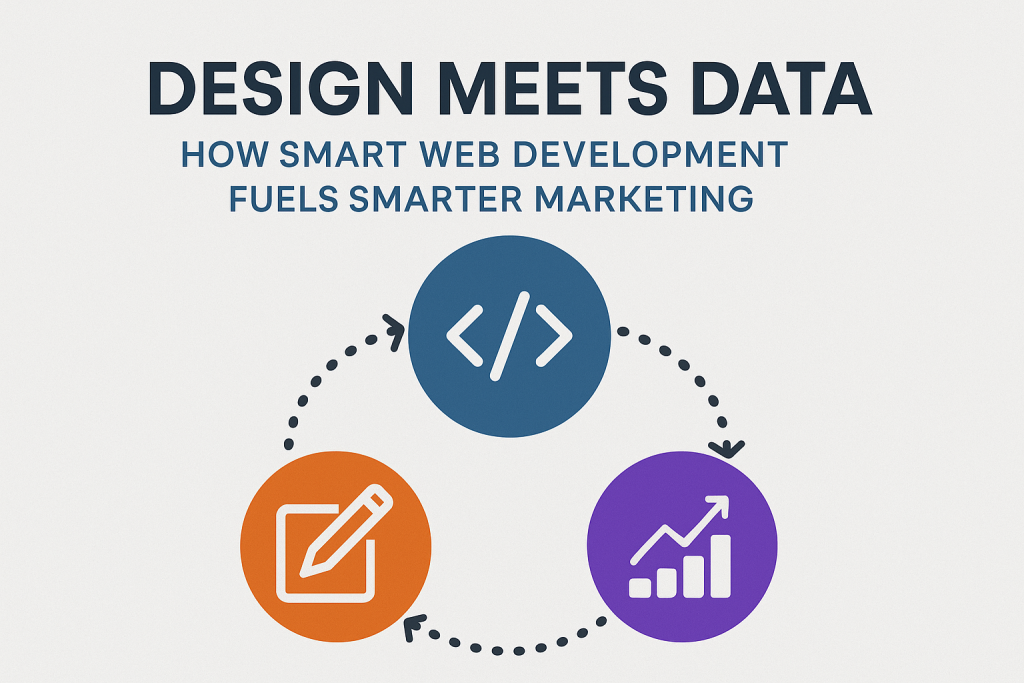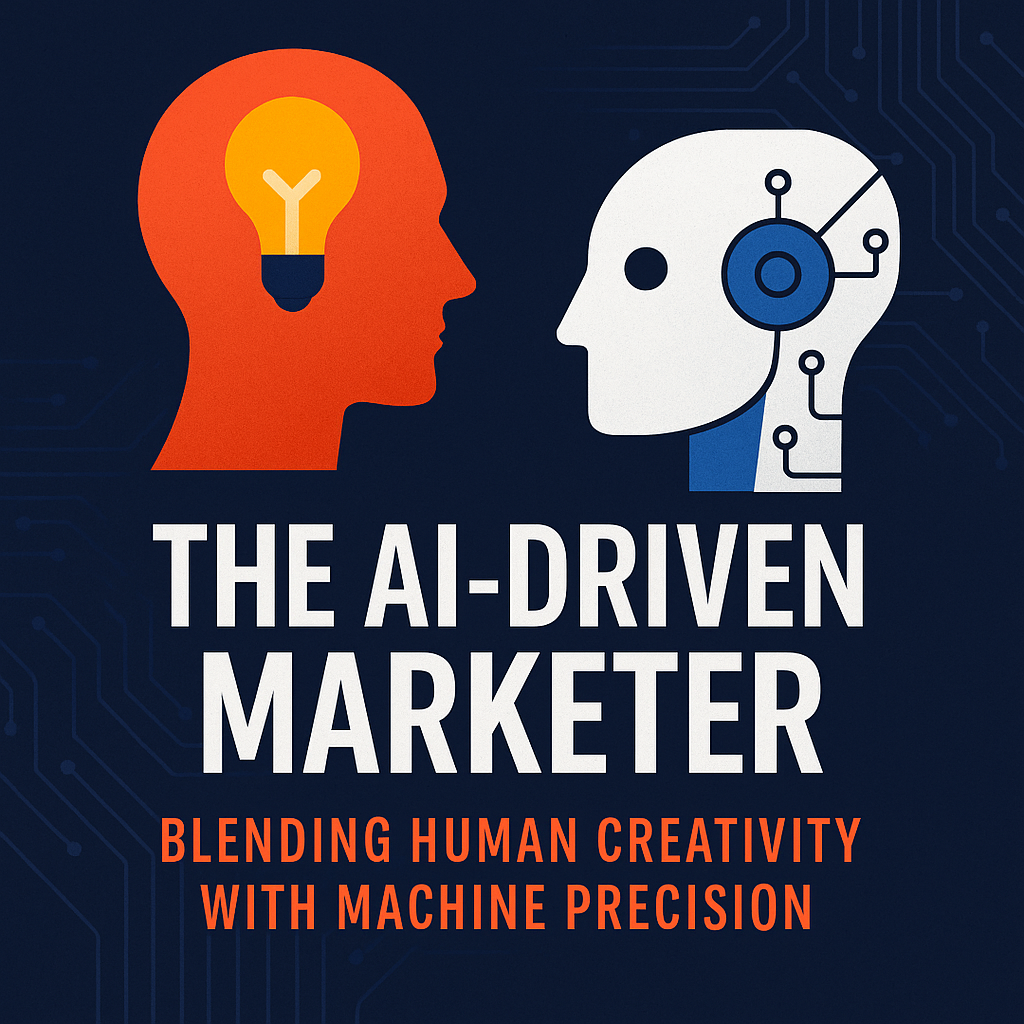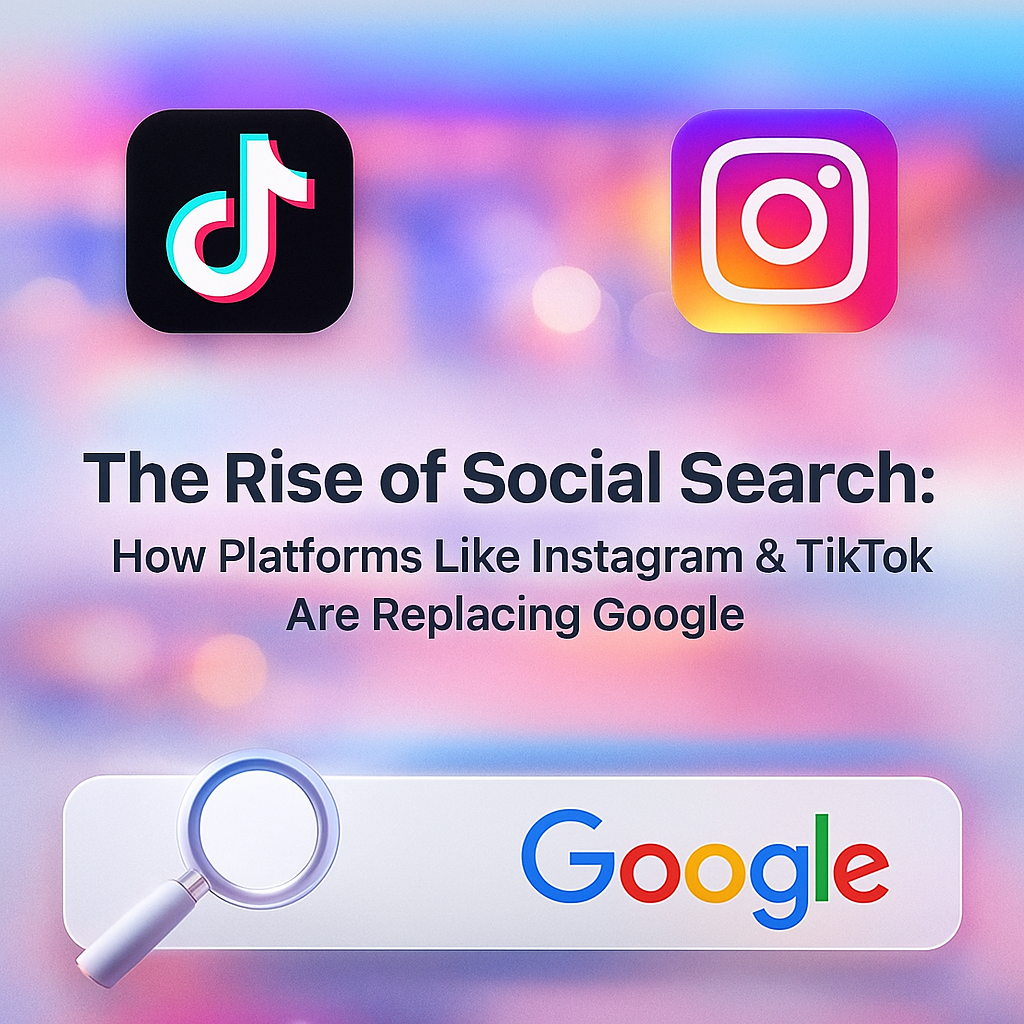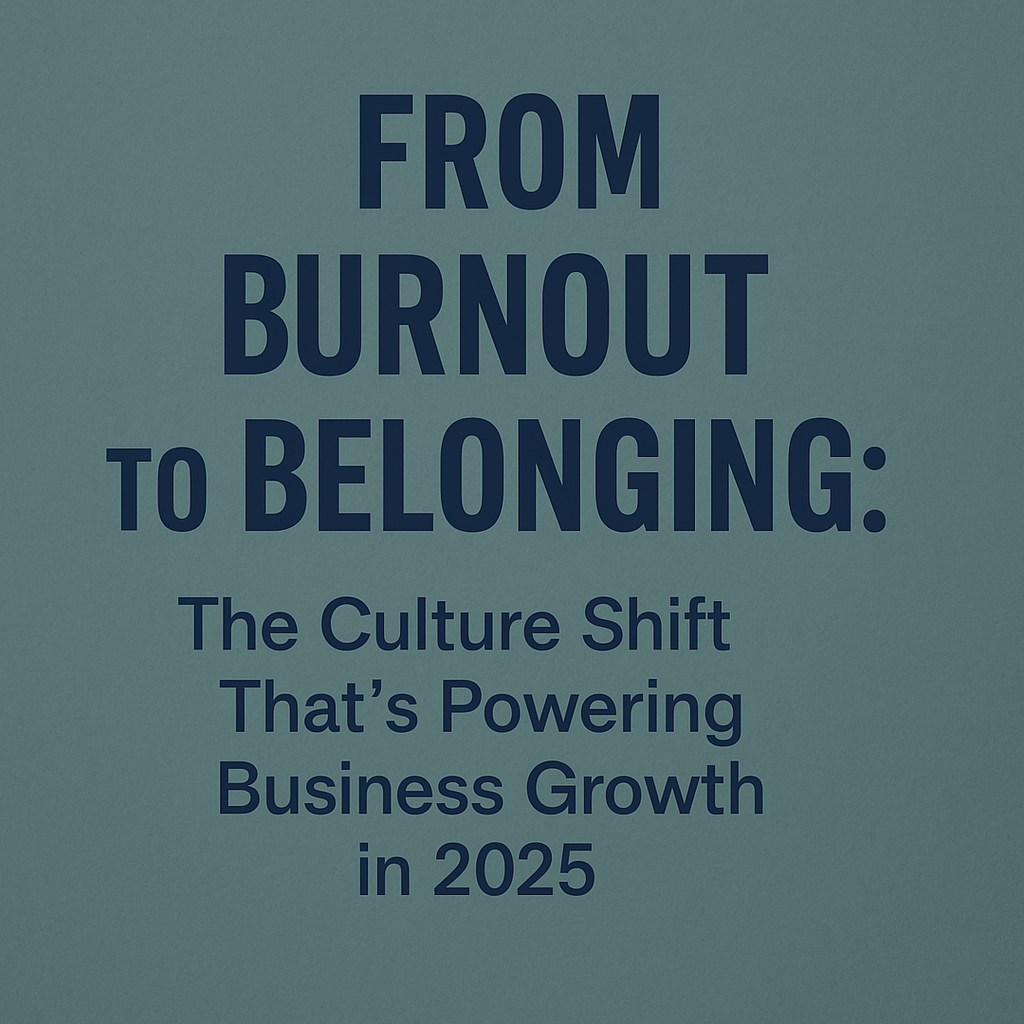In this article, we’ll explore the convergence of design + development + data, unpack why this matters for marketing, and give you actionable strategies to turn your website into a high-performance asset. Whether you’re a founder, marketer, designer or developer, this is your roadmap for building the kind of digital foundation that propels growth—not just looks pretty.
1. Why the convergence matters: design, development & marketing in one ecosystem
Too often, design, development and marketing operate in silos: designers craft pretty pages, developers build them, marketers shout into the void. Yet the most effective digital brands are those that treat the website as a marketing engine.
The shift: from brochure website → dynamic growth machine
Historically, websites were like digital brochures. You built it, launched it, and hoped visitors came. Today, your website must do everything: attract, engage, convert, retain. In practice: it must be visually compelling (design), technically sound (development), and data-driven (marketing).
For instance, as noted by Cariad Marketing, smart web development is foundational to SEO and user experience — slow, messy websites kill your reach before you even have a chance to make the sale. Cariad Marketing Limited
And from the content side, a “smart website” is defined as solution-oriented, data-driven, user-friendly and aligned with marketing goals. Prepr
The payoff: aligning design + dev + marketing creates exponential ROI
When design decisions are backed by data, and development is built with marketing objectives in mind, the result is a loop of continuous improvement:
Data tells you what users are doing.
Design shapes how you respond.
Development implements the changes.
Marketing measures the results and feeds new insights.
Consider the concept of data-driven design: research shows that blending creativity with analytics helps you make informed decisions rather than assumptions. Madison Marketing Group+2ResearchGate+2
For marketers and business owners, this is key: you’re no longer asking “Does this look good?” — you’re asking “Does this drive the metric we care about?”
2. The key pillars: what smart web development really involves
Let’s break down what “smart web development” means in practice, specifically when aligned with marketing.
a) Fast, responsive, mobile-first architecture
Your users are on mobile. Your search engine ranking is impacted by mobile-first indexing. Cariad Marketing Limited+1
That means your site design and development must prioritize performance: page speed, smooth navigation, minimal friction.
Design tip: adopt fluid grids, flexible images and CSS media queries so your layout adapts cleanly across devices. Wikipedia
Dev tip: optimize images, reduce code bloat, lazy-load where possible, compress assets. Each second of delay increases bounce rates and kills conversions.
b) Structure for SEO and marketing measurability
For your site to fuel marketing, it must be visible and measurable. Smart development enables:
Clean URL structure, semantic HTML, alt tags, metadata — making your site crawlable and understandable by search engines.
Structured data markup (schema.org) so search results are enhanced (rich snippets) and click-through rates rise. Cariad Marketing Limited
Analytics instrumentation (Google Analytics, Tag Manager, event tracking) so you know what users do, the path they take, and where you lose them.
c) Data-driven design and UX optimization
Design is no longer guesswork—it must be guided by data. Use real metrics to influence the layout, content, calls-to-action, flows. From analytics, A/B testing, surveys. Madison Marketing Group
Examples: If analytics show a high exit rate on a particular page, the design may need simpler navigation or a stronger CTA.
Personalization is also part of this: smart websites use data to tailor content, segment visitors, and improve conversion. Prepr
d) Continuous iteration: launch isn’t finish line
Smart web development doesn’t stop at launch. You need feedback loops: monitor metrics, run experiments, iterate.
As one article puts it: “Regularly reviewing analytics data provides actionable insights… staying current with design innovations keeps your online presence fresh.” Internet Vibes
In marketing terms: your site becomes a lab. Every visitor is a data point; every change is a hypothesis; every outcome drives learnings.
3. Marketing synergy: how web dev fuels smarter marketing
Alright—so you’ve built a smart site. But what does this mean for marketing specifically? How does web development elevate your marketing strategy?
Better lead generation & conversion
When your site is optimized for marketing (UX + performance + clarity), conversion rates go up. Design meets data -> you guide visitors through a frictionless journey: awareness → interest → decision → action.
If your development enables dynamic content, personalized experiences, and tracking, you can segment users and target them more effectively.
One resource described how marketing teams using “smart websites” achieved higher conversions with fewer costs thanks to personalized content and streamlined user journeys. Prepr
Improved SEO and organic reach
Smart development means your site technical health is strong (fast, mobile-friendly, crawlable) and your content structure is optimized. That means better search rankings, more organic traffic, more opportunities to convert.
The same Cariad Marketing article underscores that without professional web development practices, SEO efforts falter—design and dev are the backbone of visibility. Cariad Marketing Limited
Richer data for smarter decisions
When you embed analytics and tracking into your site, marketing becomes more than “post and pray.” You know which pages engage, where users drop off, which CTAs convert, which campaigns drive traffic.
From there you can iterate: refine landing pages, adjust flows, test headlines, refine segmentation. The website becomes your central intelligence hub.
Research into “data-driven design” emphasizes the need for this feedback loop and notes both opportunities and challenges in integrating data with design workflows. ResearchGate
Storytelling with purpose and performance
Your brand story, visuals, voice must still be human, real, raw. But now you wrap that with data-driven infrastructure. Think of it as: “We tell human stories AND we measure their impact.”
For agencies or founders (like you at Razor Sharp Digital), this means you can promise clients outcomes—not just creativity—and you can show the numbers behind the narrative.
4. Real-world playbook: 6 actionable steps to align design + dev + marketing
Let’s turn theory into practice. Here’s your step-by-step playbook.
Set joint goals
Marketing defines the business goals (e.g., increase leads by 30 % in 12 months, improve qualified traffic, reduce bounce by 15 %).
Development and design map how the site will support those goals (e.g., faster load times, mobile performance, new landing page flows).
Create a shared roadmap: launch is milestone one, iteration never ends.
Audit existing site
Performance audit: Page speed, mobile responsiveness, crawl errors, image sizes.
Analytics audit: Are you tracking the right events (forms submitted, CTA clicks, scroll depth)?
UX audit: Where are visitors dropping off? Which pages have high exit/low engagement?
Design audit: Are branding, visuals, copy aligned? Does the site feel trustworthy and purpose-driven?
Build the architecture
Ensure responsive/mobile-first frameworks are in place.
Structure for SEO: semantic HTML, proper metadata, URL hierarchy, sitemap, robots file.
Instrument analytics and tracking before launch (Tag Manager, events, goals).
Design page templates that support variation and testing (landing pages, blog, product/service pages).
Design with data
Use persona data, analytics, user testing to inform design choices.
Create version-A/B of key elements (headlines, CTAs, layouts) and plan tests.
Use personalization where possible: content variants, dynamic modules, tailored journeys.
Launch & measure
Go live with baseline metrics: load times, bounce, conversion rate, traffic sources.
Monitor daily/weekly for red flags.
Share results with team: marketing sees traffic and conversions, developers see performance and error logs, designers see UX heatmap/scroll-depth.
Communicate: wins, losses, next priorities.
Iterate continuously
Based on data, iterate: adjust design, tweak flows, improve copy, optimize images.
Run regular experiments (A/B testing, multivariate where applicable).
Align marketing campaigns with site evolution: as you improve the site you can amplify campaigns and expect higher returns.
Document what works — your “playbook” becomes an asset.
5. Mindset shift: from “build and forget” to “grow and evolve”
Here’s the deeper shift: your website is not a static asset; it’s a living engine. And marketing is not just about “promotion,” it’s about optimization.
I like this sports analogy: Think of your website like a high-performance running shoe. Design gives you the fit and comfort. Development gives you the materials and build. Data tells you how fast you’re going, how your stride is working, if you blew a seam. Without any one of those, you won’t win the race. But with all three?
You’re in the top 10 %. You’re leading.
This mindset matters especially for client-facing agencies or business owners who want to scale. Instead of saying “We delivered your site, done,” you say “We delivered your growth platform. And now we’ll keep refining it.” That shifts the conversation from cost to value, from project to partnership.
6. Common challenges & how to overcome them
No “smash it out of the park” strategy is without friction. Here are some typical hurdles—and how you navigate them.
Challenge: Siloed teams
Design team does visuals. Dev team writes code. Marketing team picks up afterwards. Result: misalignment.
Solution: Establish cross-functional coordination from day one. Include marketing in design and dev discussions. Make sure analytics/tracking is part of the dev sprint. Hold regular joint reviews.
Challenge: Lack of data literacy
Designers or marketers might feel intimidated by analytics; developers may not appreciate brand voice.
Solution: Run short training sessions: “Here’s how we read heatmaps.” “Here’s what page-load time means for SEO.” Build a shared vocabulary. Encourage curiosity.
Challenge: Too many tools, too much complexity
It’s easy to over-engineer: personalization engines, dozens of A/B tests, custom code everywhere. You end up with chaos.
Solution: Start simple. Choose 1-2 key goals (e.g., lead generation). Use a minimal tech stack. Optimize core flows first (homepage, product/service landing). Then scale out.
Challenge: Measuring the wrong things
Focusing on vanity metrics (“we have 10 k visitors”) instead of what drives business (“we got 150 qualified leads”).
Solution: Tie metrics to business outcomes. Define what “success” means for your brand. Track those over time. Let design/dev support those metrics.
7. Looking ahead: the future of design-meets-data development
What’s coming next? As we move into 2025 and beyond, a few trends are worth watching.
More personalization & AI-driven UX – Smart systems will adapt layouts, content and flows based on real-time data and user behavior.
Data-informed design tools – As research on data-driven design deepens, tools will integrate analytics directly into the design process. ResearchGate
Performance-first stacking – Accelerated frameworks, headless CMS, progressive web apps (PWAs) will become more mainstream as performance remains a competitive advantage.
Full marketing integration – Websites will not just live under “IT” or “design” but become central to marketing operations—campaigns, customer journeys, attribution all tied back to site data.
As founders and marketers, your job is to lean into this evolution. Not just survive it. Because when you master design + development + data, you build a digital engine that outpaces competitors and drives sustainable growth.
You’re not just building a site, you’re building momentum
Here’s the truth: A great-looking website without measurable performance is a missed opportunity. A high-performing website without brand voice is forgettable. But when you marry brand-driven design with data-informed development and marketing alignment? That’s where the magic happens.
For your brand, your clients, your business — this is the lever. By treating your website as a living, evolving asset, you unlock momentum. You create traction. You don’t just wait for traffic, you drive it. You don’t just hope for conversions, you engineer them. And you don’t just tell your story, you measure its impact.
At Razor Sharp Digital, we believe in authenticity, edge, human-centric design — layered on top of rigorous data, relentless iteration and marketing discipline. This isn’t about “just building a pretty site.” It’s about building your growth machine.
So: redesign, redevelop, relaunch your mindset. Let design meet data. Let your web dev fuel your marketing. And go build something that matters.










